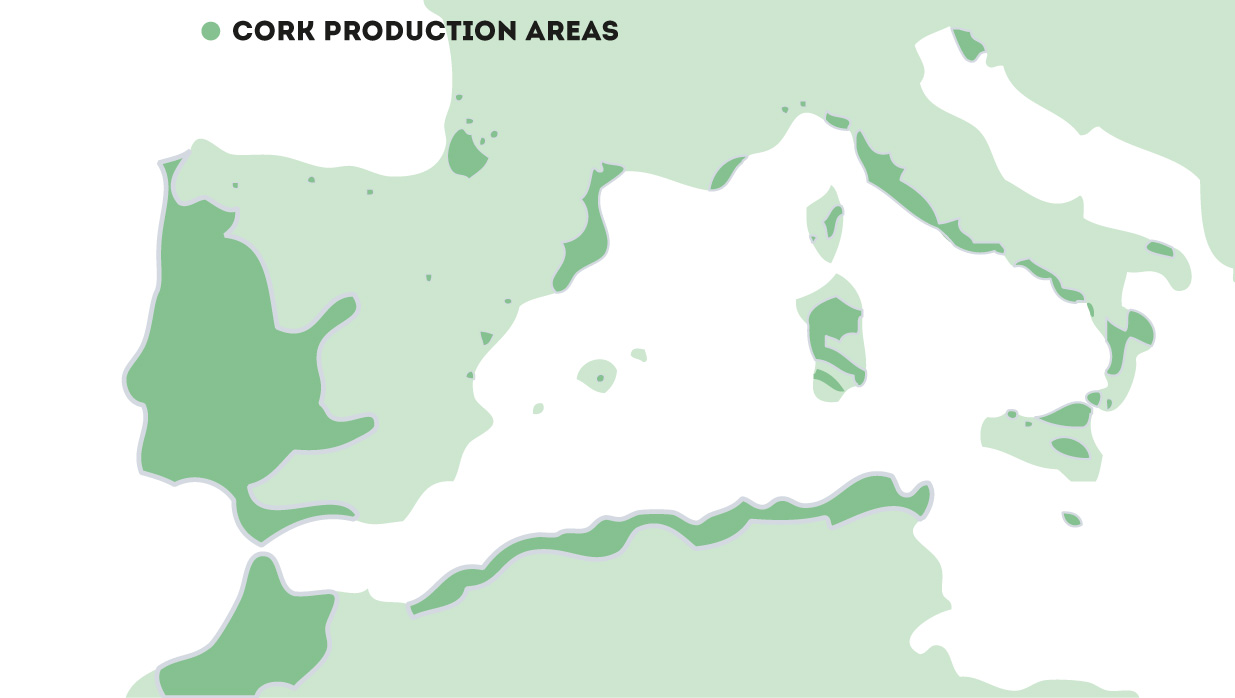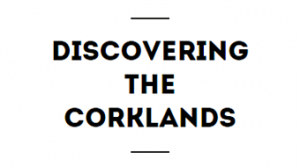SPECIAL FEATURES
The cork territories are exclusive to a particular part of the Western Mediterranean and are only found in seven countries in the world: Portugal, Spain, France, Italy, Morocco, Algeria and Tunisia.
These territories have an exceptional surroundings, rich cultural heritage and the chance to do a wide variety of activities there.

Natural Heritage
The cork landscapes are remarkably rich in terms of flora and fauna as indicated by their biodiversity ratings, higher than many other ecosystems. Endangered species can be found here, this and the rich bird life make them a big draw for naturalists.
The conservation of cork woods is of great importance as their existence has beneficial implications on the surrounding environment and the planet by:
Reducing the risk of fire
Providing a bio-diverse natural reserve
Slowing desertification
Playing an important role in the water cycle
Retaining CO₂ and contributing to slow climate change
CULTURAL HERITAGE
These rural areas at the heart of the cork industry offer unique experiences to tourists, many of whom are looking for authentic experiences in natural surroundings. Man and Nature have worked together here for centuries, and their relationship has been both intense and productive.
Visitors can be expected to find the following of interest:
Forest management as applied to cork production, especially the stripping of the bark.
The meadows,
as a model of sustainable development and characteristic scenery.
Other forestry activities:
charcoal production, hunting, beekeeping and collecting and use of various products such as mushrooms and medicinal or aromatic herbs.
Rural architecture:
dry stone walls, mills, irrigation channels, wells, drinking troughs, cottages, huts, etc.
Other intangible elements:
from myths, historical routes, beliefs and legends to songs, dances, language, customs and ways of life.
With regard to urban heritage, the development of the cork industry has had a profound impact on the nature of these municipalities since the seventeenth century, evidenced in the architecture, literature, music, historical figures, or simply in the daily lives of its people. Today it has become a competitive industry that prides itself on supplying products of the highest quality.
The cork boroughs offer cultural facilities which are available to the tourist thanks to:
- The working relationship between museums and visitor centres.
- Industrial heritage.
- Urban routes of architectural interest to see buildings unique to each place.
- Tours of factories and workshops where craftsmen work the cork.

 Español
Español Català
Català English
English Français
Français Português
Português Italiano
Italiano Deutsch
Deutsch